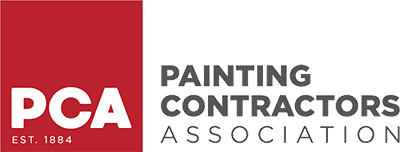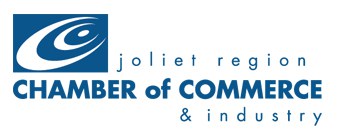Choosing the right paint color for your business is a big deal—but choosing the right paint finish is just as important. While color catches the eye, finish determines how your walls actually perform day to day. Do they hold up to fingerprints? Do they reflect too much light? Do they communicate your brand as modern and sleek—or calm and refined?
The finish of your wall paint affects much more than meets the eye. It changes how your space feels, how long it looks fresh, and how often you’ll need to clean or repaint. It also influences how customers and employees perceive your business.
In this guide, we’ll break down the two most commonly debated finishes—matte and glossy. You’ll learn how each one performs in real-world business settings, from restaurants and offices to salons and stores. We’ll explore how finishes impact aesthetics, durability, maintenance, and cost—and give you specific recommendations by industry.
Understanding Paint Finishes
What Is a Paint Finish?
Paint finish, also called “sheen,” refers to how much light reflects off the painted surface once it dries. Some paints absorb light, giving off a flat or velvety look. Others bounce light back at you, resulting in a shiny or even mirror-like surface.
Here’s a quick look at the most common finishes:
-
Matte (or flat): Low to no shine. Velvety texture. Best for hiding flaws.
-
Eggshell/Satin: Mild shine. Good for moderate traffic areas.
-
Semi-gloss/Gloss: Noticeable to high shine. Excellent for durability and cleaning.
This article will focus on the two extremes: matte vs. glossy. While there are useful in-between finishes like satin or eggshell, most business owners are comparing durability to design impact. That’s where these two finishes shine—literally and figuratively.
Gloss Scale Basics
Paint finishes are scientifically measured using “gloss units” (GU), which tell us how reflective a surface is:
-
Matte: 0–10 GU
-
Glossy: 70+ GU
A matte finish absorbs most of the light and has a soft, smooth look. Glossy paint, on the other hand, reflects light much like glass or plastic—drawing attention and brightening the space.
This reflectivity directly influences the mood and function of your interior space. It’s not just visual—it’s practical.
The Business Case for Matte Finishes
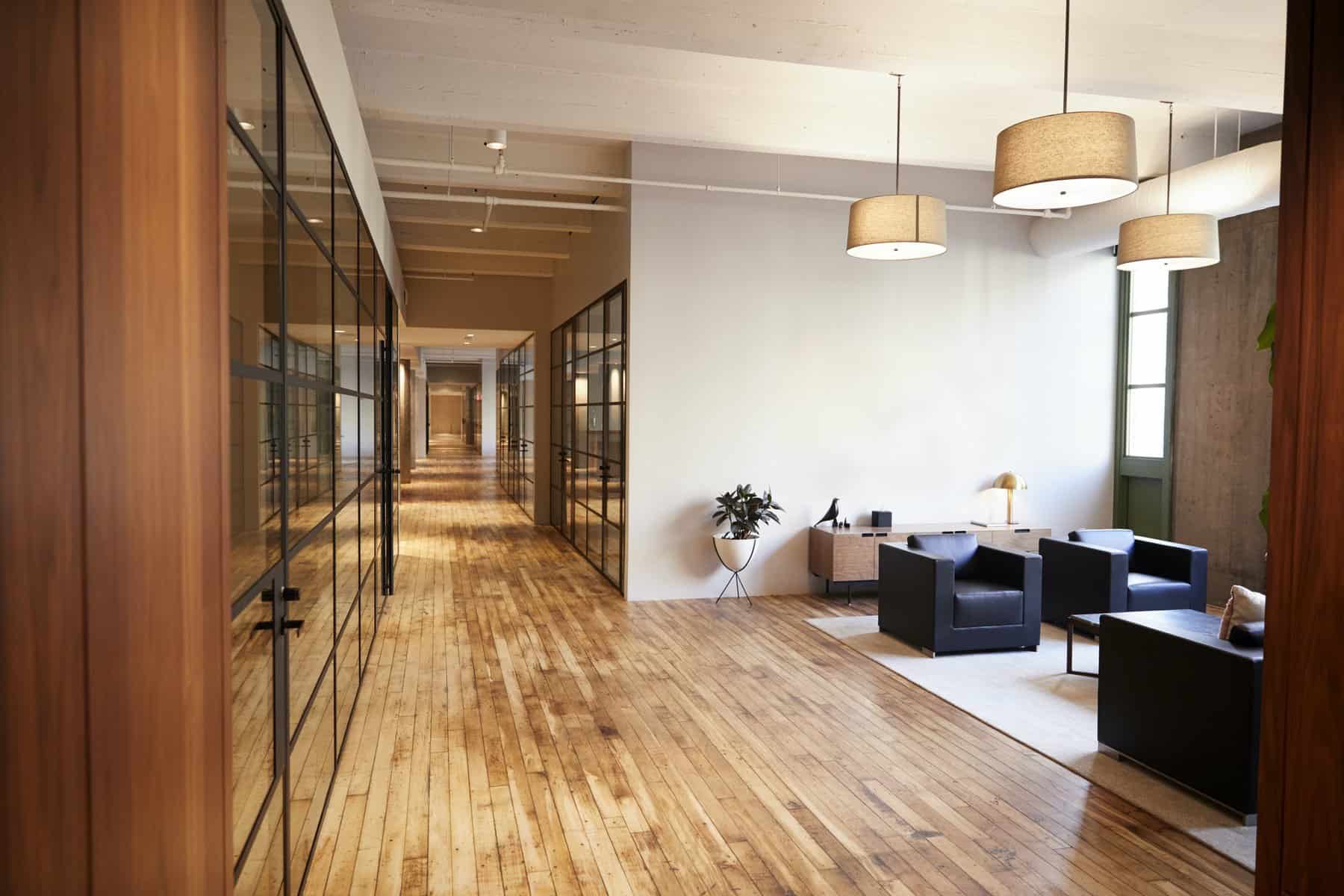
Aesthetic and Design Benefits
Matte finishes are visually subtle and modern. They offer a sophisticated softness that doesn’t compete with furnishings, artwork, or lighting. In well-lit spaces, matte reduces harsh glare and can create a more peaceful, grounded feeling.
That’s why it’s often chosen for:
-
Boutique retail stores with elegant displays
-
Law firms or accounting offices with a traditional, refined tone
-
High-end salons or spas looking to provide a calming, upscale vibe
-
Art galleries or creative studios where light neutrality is essential
Matte finishes also help hide minor surface imperfections. Older walls with small dents or patchwork can benefit from the forgiving nature of low-sheen paint.
Functional Considerations
Matte is perfect in low-touch, low-traffic areas. Think:
-
Private offices
-
Executive boardrooms
-
Luxury waiting areas
-
Decorative wall features
It creates a focused and less distracting environment—ideal where concentration or calm is key.
That said, matte finishes are not ideal for every space. Avoid them in areas with lots of friction or where wall cleaning is frequent.
Maintenance and Durability
Here’s the biggest tradeoff with matte: cleanability.
Traditional matte paints can scuff easily and stain if wiped too harshly. Aggressive cleaning can cause “burnishing”—creating shiny spots that break up the uniform surface.
However, premium products like Sherwin-Williams’ Duration Home Matte or Benjamin Moore’s Aura Matte are designed to be scrub-resistant and more durable, while maintaining that low-sheen look.
The Business Case for Glossy Paint Finishes
Aesthetic and Design Benefits
Glossy paint is the bold, high-performance choice. It reflects light intensely and gives walls a shiny, sleek appearance. That makes it popular in commercial settings that want a high-energy or contemporary vibe.
It’s especially effective at:
-
Making bold accent colors pop
-
Highlighting architectural details like trim or molding
-
Adding energy and brightness to small or dark areas
You’ll often find glossy finishes in:
-
Gyms and salons
-
Restaurants and cafés
-
Retail dressing rooms or entryways
-
Medical or dental offices
-
Restrooms and industrial kitchens
Glossy paint finishes can make a strong brand statement—but they can be too intense if overused.
Functional Considerations
This is where glossy really shines—literally and figuratively.
-
Extremely easy to clean
-
Moisture- and grease-resistant
-
Ideal for high-touch zones like chair rails, bathroom walls, checkout counters, and door frames
Because glossy surfaces repel dirt and smudges, they’re perfect for businesses with heavy customer traffic or where hygiene is critical.
Maintenance and Durability
Glossy paint finishes are built to last.
-
They resist scuffs, stains, and mildew.
-
They typically require fewer repaints over time.
-
They stand up to regular cleaning without breaking down.
The downside? They highlight everything—nail pops, uneven drywall, bad brushwork. That means your surface prep must be flawless, or every flaw will be magnified by the shine.
“Will glossy walls look too intense or sterile?”
→ That depends on lighting and how much you use. You can always combine paint finishes for balance—matte on broad walls, gloss on trim and features.
Key Comparison – Matte vs. Glossy
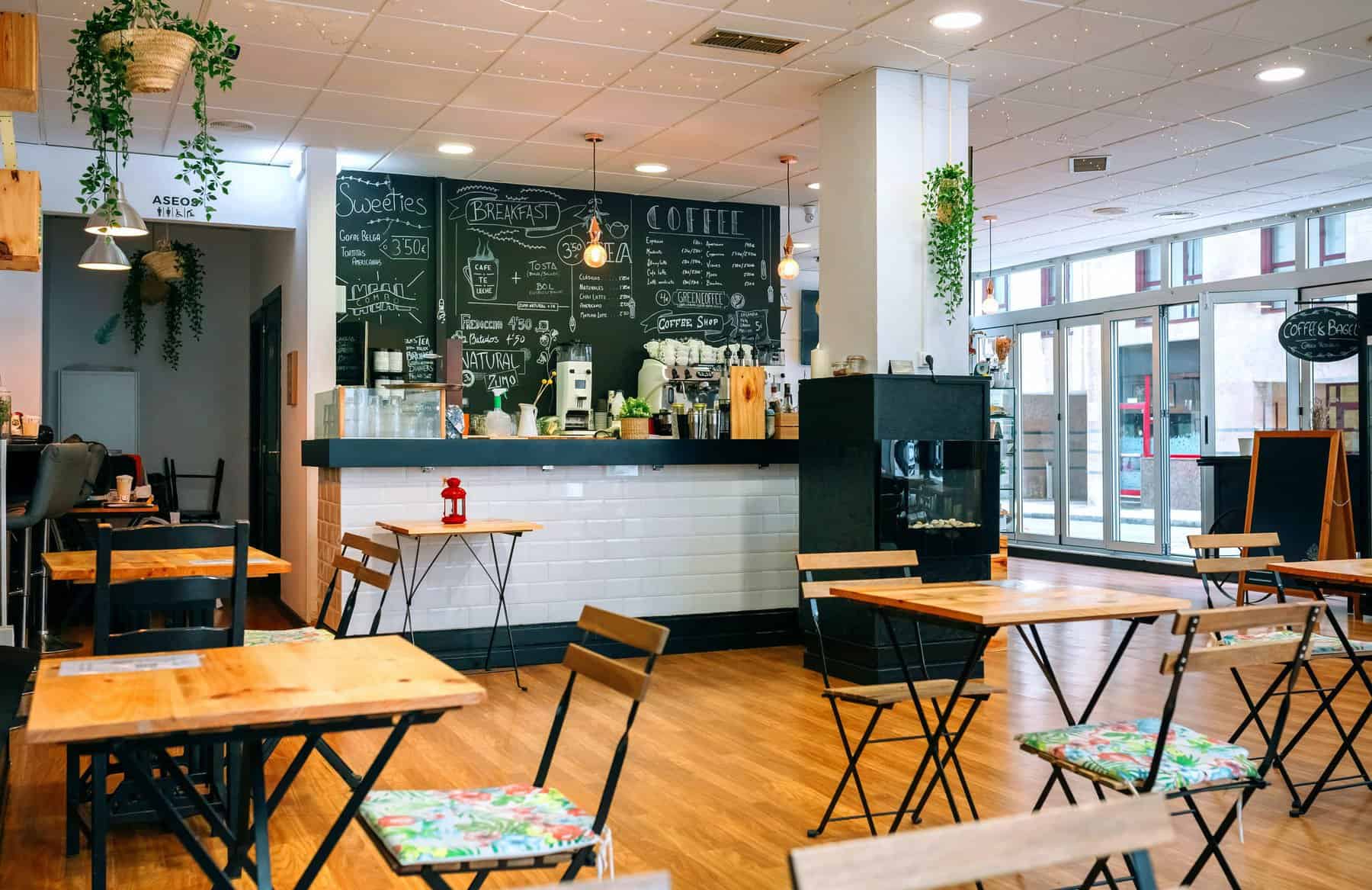
Side-by-Side Comparison Table
| Feature | Matte Finish | Glossy Finish |
|---|---|---|
| Reflectivity | Low (0–10 GU) | High (70+ GU) |
| Aesthetic | Soft, muted, elegant | Sleek, polished, high-energy |
| Durability | Moderate (improving with new tech) | High |
| Cleanability | Low (traditional) / Moderate (new) | Excellent |
| Best For | Offices, lobbies, luxury retail | Bathrooms, kitchens, hallways |
| Surface Prep Needed | Low (hides flaws) | High (shows flaws) |
| Common Concerns | Marks easily | Overly shiny, glare, shows texture |
| Cost (avg.) | $30–$60/gal | $35–$70/gal |
Pros and Cons Recap
Matte Pros:
-
Conceals wall flaws
-
Touch-ups are easier
-
Elegant, low-glare appearance
Matte Cons:
-
Stains easily
-
Poor for high-traffic areas (unless high-end formula is used)
Glossy Pros:
-
Highly durable and washable
-
Excellent for cleaning and moisture resistance
Glossy Cons:
-
Highlights surface imperfections
-
Can feel sterile or harsh if overused
Industry-Specific Recommendations
Offices (Corporate, Legal, Medical)
-
Matte: Use in private offices and conference rooms to support calm, focus, and professionalism.
-
Glossy: Ideal for trim, doors, kitchens, and bathrooms due to frequent cleaning needs.
-
Blend: Satin or eggshell finishes work well in shared workspaces or hallways.
Retail (Fashion, Tech, Grocery)
-
Gloss: Entryways, customer restrooms, fitting rooms—especially where visibility and durability matter.
-
Matte: Behind shelving or merchandise displays to reduce glare and create depth.
-
Note: Reflective paint finishes can help spotlight premium product areas but should align with brand tone.
Restaurants and Cafés
-
Gloss: Behind food counters, kitchens, or bathroom walls—easier to clean and sanitize.
-
Matte: Dining areas benefit from softer ambiance and sound dampening.
-
Compliance note: Local codes often require washable finishes near food prep zones.
Salons, Spas, and Fitness Studios
-
Gloss: Use in shampoo stations, locker rooms, and other moisture-heavy spaces.
-
Matte: Perfect for massage or yoga rooms where relaxation is key.
-
Tip: Ask for gloss paints with anti-mold or mildew additives in high-humidity areas.
Pro Tip: Have your painting contractor apply both paint finishes on sample boards under your actual lighting. It’s the best way to see how each performs before committing.
Maintenance and Cost Implications Over Time
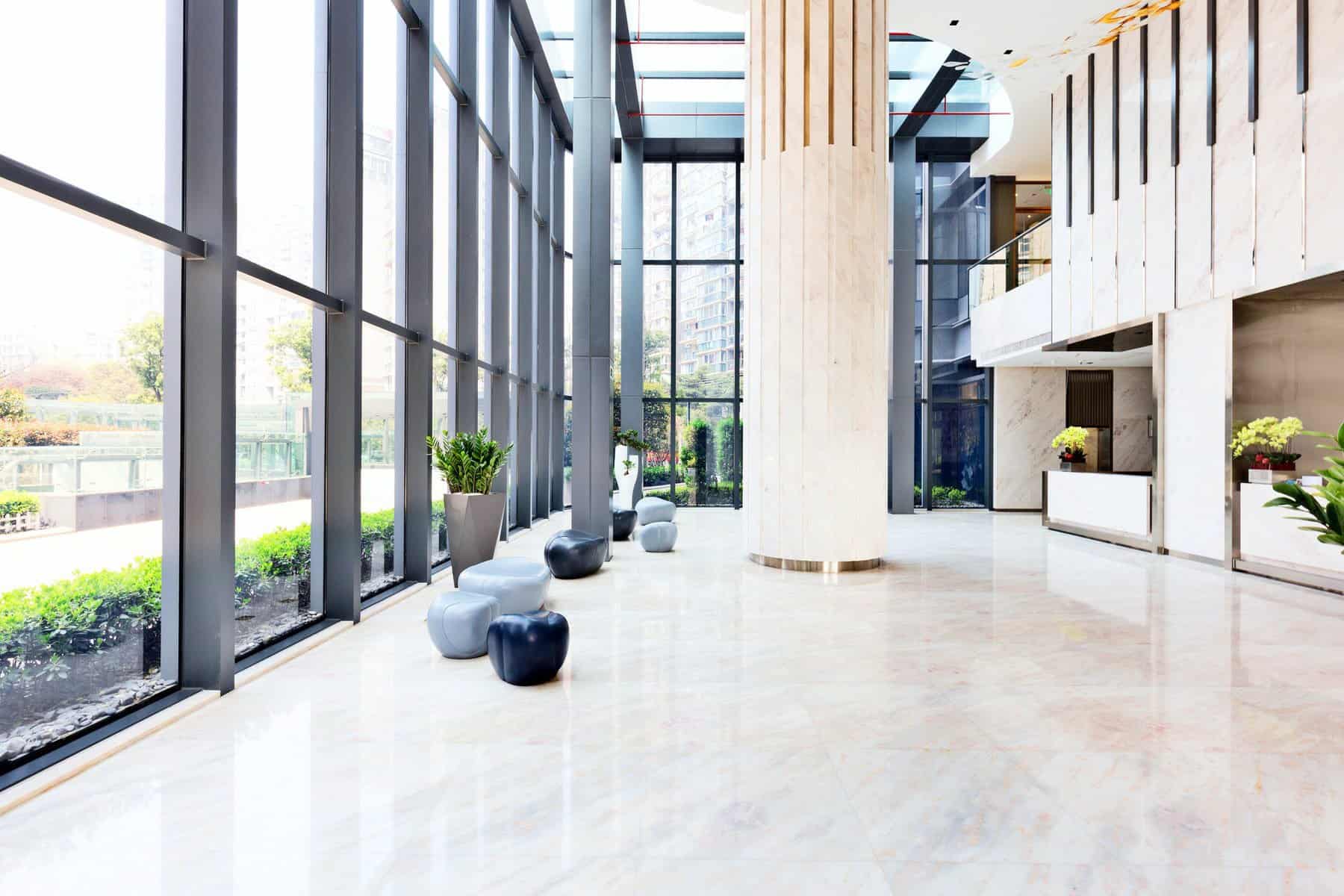
Cost Over Paint Lifecycle
Matte may need touch-ups more often—especially in high-traffic areas or near furniture and corners. High-quality washable matte paints help reduce this risk.
And don’t overlook the floors. Scuffed or worn flooring can undermine even the best paint job. If you’re investing in your walls, consider updating your business’s floors too. Professional flooring services can help you achieve a cohesive, polished look that stands up to daily wear and tear.
Cost Range (Material + Labor)
| Finish | Paint Cost/gal | Labor Intensity | Repaint Frequency |
|---|---|---|---|
| Matte | $30–$60 | Lower (less prep) | 3–5 years |
| Glossy | $35–$70 | Higher (surface prep critical) | 5–7+ years |
Maintenance Tips
-
Matte walls: Clean with a soft microfiber cloth and mild soap. Avoid scrubbing hard to prevent shiny spots.
-
Glossy walls: Use soft sponges or cloths. Avoid abrasive cleaners that can leave scratch marks or dull the shine.
How to Choose the Right Paint Finish for Your Business
Questions to Ask Yourself
-
How much daily traffic does the space see?
-
Will customers or staff touch the walls often?
-
What kind of feeling do I want the space to evoke—calm or energy?
-
Can I budget for higher surface prep if needed?
-
Does my lighting amplify glare or shadow?
The answers will point you in the right direction.
Talk to a Commercial Painting Pro
Professional painters can assess your layout, lighting, and usage—and suggest the best paint finish mix. They can even apply test swatches on-site for comparison under your actual lighting conditions.
Most importantly, pros know which brands and formulas perform best in your industry—and how to balance your aesthetic goals with durability and long-term cost control.
Conclusion
There’s no one-size-fits-all answer when it comes to choosing a paint finish for your business. But there is a right choice for your goals.
-
Use matte to create warmth, elegance, and a sense of calm.
-
Use glossy to promote durability, cleanliness, and brightness.
-
Balance them where needed, and don’t overlook the middle-ground paint finishes like satin or eggshell if you want the best of both.
Ultimately, the best finish supports your branding, endures your daily operations, and fits your budget long-term.
Not sure which finish works best for your space? Our commercial painting experts can help you weigh your options with real-life samples and proven recommendations. Contact us today for a paint finish consultation and free consultation tailored to your business.




